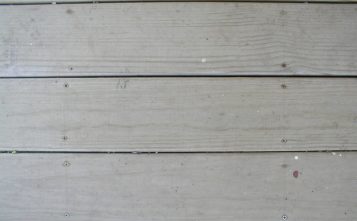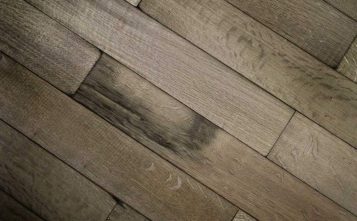Much of the competitive pressure on real-wood flooring comes from the laminate flooring industry, which is large with sales figures dwarfing those of the parquet industry.
However, this sector is also now losing share in Europe to a range of non-wood flooring solutions such as luxury vinyl tiles, porcelain tiles, and products made of recycled materials and other renewables like bamboo and cork.
According to data released by the Association European Producers of Laminate Flooring, to coincide with DOMOTEX 2018, total European sales of laminate flooring were 346 million square meters in Europe in 2017, around 1% less than in 2016. Sales in Eastern Europe increased 2% to 128 million square meters. However, this was insufficient to offset a decline in sales in Western Europe, by 2% to 218 million square meters.
European laminate flooring manufacturers are compensating for the decline in European consumption by increasing sales in other parts of the world, particularly North America and Asia.
Meanwhile, there are signs that the carpet sector, which remains dominant in European flooring despite the recent trend to harder and cleaner flooring types, is now responding more effectively to the competition. Annual sales of carpets in Europe are still around 700 million square meters.
Carpet manufacturers are now concentrating on improved durability and performance, and are exploiting the wide variety of designs, styles, and colours, and benefits of noise reduction. They are also responding to rising environmental concerns in Europe by investing in development of biodegradable and more sustainable products.
Some indication of intense competitive pressure on wood floors is provided by the media coverage of DOMOTEX 2018 which barely touched on new wood products and instead focused heavily on innovations to increase the use of recycled and alternative materials.
For example, the designer website IDEAT spoke about the “omnipresence of eco-designed products, innovations in floors made from natural materials and processed without chemicals, and coatings derived from recycled products”. Despite this focus on the environment, only recycled wood flooring products featured in the article alongside products in a range on non-wood materials.
An example is a new wood-look floor covering manufactured by German giant Windmöller derived primarily from rapeseed and other natural vegetable oils celebrated because “it contains no PVC or petrochemical elements”.
IDEAT also highlighted the “insistent presence of cork” at DOMOTEX 2018, including a product by the Portuguese company Wicanders with a high definition wood finish printed directly on to the cork.
In addition to the green theme, exhibitors at DOMOTEX 2018 were keen to align with the show’s motto "Unique Youniverse" which was splashed across the various exhibitions and aimed to highlight an industry trend towards individualization; the tailoring of flooring products and support services to customers' needs and lifestyles.
Although natural wood products are by their nature ‘unique’ and ‘individual’, this theme creates challenges for suppliers of wood flooring, particularly overseas suppliers located at some considerable distance from the final consumer.
Non-wood flooring suppliers were very keen to emphasize the huge range of colours and finishes they can offer, in large volumes, including the ability to duplicate the look, and increasingly the feel and texture, of wood and other natural materials as required, and their ability to respond immediately to changeable customer demands.






Leave a Reply